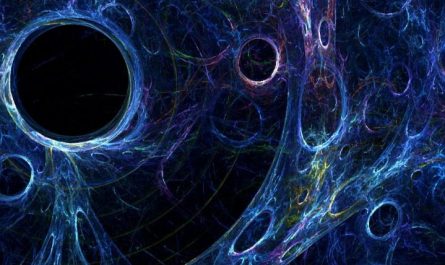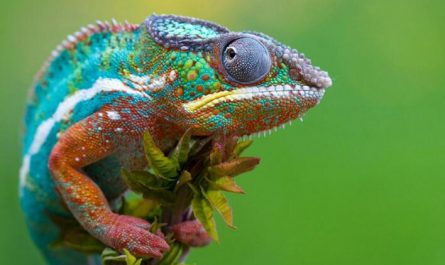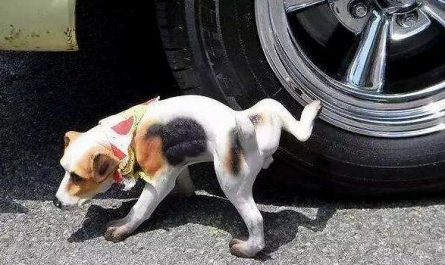Where is the North Pole?
As we all know, the geographic location of the North Pole is at the northernmost end of the Earth’s rotation axis, and the Arctic region covers all places within the Arctic Circle (66°34′ north latitude). However, as the global climate changes, the Arctic region, which should have been cold in middle age, has repeatedly experienced extreme high temperature and long weather. The rate of glacier melting continues to accelerate, and the connection between the continent and the glacier is gradually disappearing. When the Arctic warms up with the world, a large amount of methane originally stored in permafrost is at risk of being released. It is a greenhouse gas that is more harmful than carbon dioxide.
Almost every once in a while, we will see that some prehistoric animals are discovered after the permafrost has melted. Although this may solve some long-standing mysteries, in addition to methane and prehistoric animals under permafrost. There are many ancient viruses that are likely to re-spread, and it is difficult for scientists to determine how much risk they will bring to mankind if they are exposed to this world again!
The hybrid polar grizzly bears are spreading across the Arctic:
Originally, there were many animals living in the Arctic. In addition to the well-known polar bears, arctic wolves, arctic whales, and arctic foxes, there were also large petrels, arctic shrimps, arctic rabbits, lemmings, arctic golden plovers, musk ox, and reindeer. , But the polar bear is regarded by more people as a symbol of the North Pole. However, as the Arctic ecological environment has become more and more fragile, animals living in the Arctic have also changed many of their behaviors in order to survive, including the issue of breeding offspring.
For ordinary animals, the living conditions in the Arctic are undoubtedly harsh. There are a lot of ice floes near the Arctic Ocean, but polar bears are only adapted to survive under such conditions. They are very good at swimming, which is why they were once regarded as oceans. animal. Because polar bears are also very capable of hunting, they spend most of their time resting, sleeping and waiting, and only 1.2% of them are used for hunting.
Everyone knows that the largest carnivorous animal on the earth is the polar bear, also known as the white bear. Although their hair is white, their skin is actually black. Only a few polar bears have a yellowish coat color. However, although ferocious polar bears seem to have many prey options, such as seals, walruses and beluga whales, the number of polar bears is not large, and even more scientists predict that this species is likely to become extinct in 2100.
At the same time, recent studies have shown that:
The population of polar bears and grizzly bears, the hybrid offspring of polar bears, is becoming larger and larger due to climate change. It cannot be ruled out that they will one day become the new steward of animals taking over the Arctic. The root cause of this phenomenon is also the same. Climate change has a lot to do, because while climate changes the environment, it also affects the animals living in these environments.
The polar bear is heading south, and the grizzly bear is heading north!
For all animals, filling their stomachs is the most important thing. When global climate change spreads to the Arctic, polar bears living here are also facing starvation. In order to get more food, polar bears choose to expand their range of activities southward, that is, at this time, they encounter grizzly bears that mainly inhabit the south.
In this way, when the polar bear headed south and the grizzly bear headed north, the contact between the two species became more frequent, and as a result, more mating activities occurred between the two species. In other words, polar bears and grizzly bears have given birth to more and more polar grizzly bears. The reason behind this phenomenon is not complicated, but for better survival.
Under normal circumstances, in fact, many offspring of two different species hybrids are difficult to adapt to the environment, but the polar grizzly bear is an exception, and these hybrid offspring can find more food to continue to multiply their offspring. Specifically, although polar bears are experts in hunting seals, their molars with their skulls are relatively small, but the genes of grizzly bears can perfectly make up for this deficiency.
Why is there no reproductive isolation between grizzly bears and polar bears?
Yes, not only can grizzly bears and polar bears give birth to polar grizzly after mating, hybrid polar grizzly bears also have the ability to continue to breed offspring. Speaking of this, many people may wonder. Although both polar bears and grizzly bears belong to the genus Ursus, they are two different species after all. Why is there no reproductive isolation between them?
It turns out that polar bears and grizzly bears “separated” about five to six million years ago. It is not surprising that these two species can produce fertile offspring after crossing.
In addition, researchers have previously conducted related studies on polar bears and grizzly bears. The results show that whether they are raised in captivity or in the wild natural environment, their hybrid offspring have the ability to reproduce, and humans have identified the first through DNA. The time of a wild polar grizzly was about 2006, and then this population attracted more attention of scientists.






